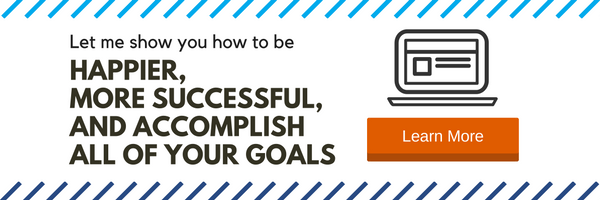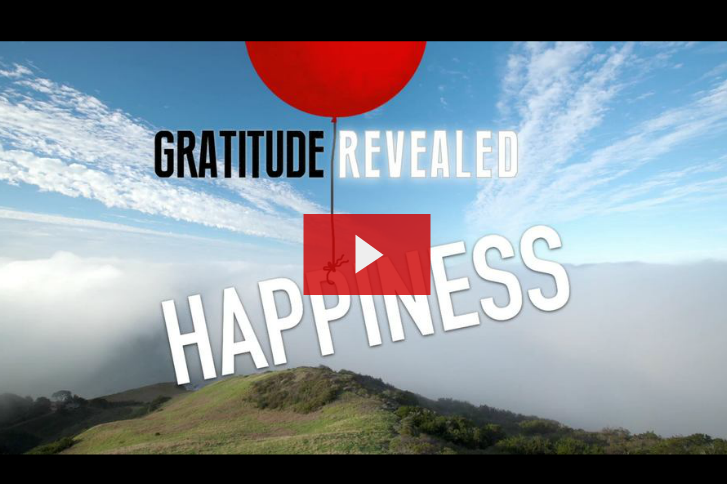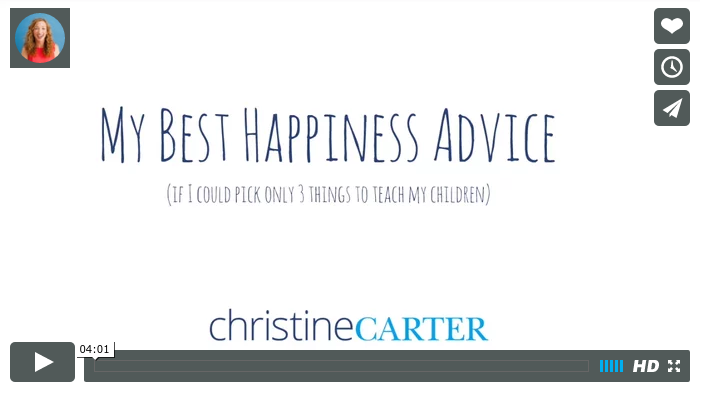
Could you be setting better ones?
I’ve always found the idea of setting goals appealing. But—and I hate to admit this—it has been years since I set real goals for myself, personally or professionally. And by “years,” I mean decades.
Why set goals?
Hundreds of studies have shown that goal setting is a way to improve performance as well as happiness and well-being.
A memorable survey of graduates from Harvard’s MBA program found that 10 years after graduation, those who set goals for themselves were earning, on average, twice as much as their classmates who didn’t set goals. Even more astounding: The 3 percent of graduates who had written out clear goals were earning, on average, 10 times as much as the rest of their class.
How to set goals that work
While it’s easy to spit out a goal or two, it is much harder to settle on goals that will actually help us become lastingly happier and more successful. I teach my clients what I call the “WAPPER” method. This type of goal-setting is based on my reading of related research (particularly related to motivation, with a little organizational theory thrown in), but it adds a twist to the common goal-setting method I was taught in the business world.
WAPPER stands for:
Wants & wishes
Actions & circumstances
Problems & obstacles
Plans
Evaluation & measurement
Remind & revise
Here’s how to use this goal-setting method to get what you really want. (A template for this goal-setting method that you can download or copy is here.)
W: Know what you WANT to feel.
This first step is the most important one—and it is the step that we most often skip. Before you start to formulate your goals, ask yourself NOT what you want to achieve, but what, in your heart of hearts, you WANT TO FEEL. Shooting for the feeling-state that you want more of (maybe you want more happiness? confidence? significance?) will take you down a different path than setting your sights on a particular achievement. Emotions are more motivating—and far more fulfilling—than an achievement goal in the long run.
Here’s an example. A coaching client of mine (let’s call her Sam) wanted to grow her online business, and she asked me for help setting some goals to do that. Instead of starting with revenue growth objectives (or more traditional business-y goals), we started with how she wanted to feel when she’d successfully grown her business.
Her response was that she wanted to feel more influential and more confident about the work she was offering the world, and she wanted to feel a greater sense of significance in the coming year.
A: Identify the actions that most often lead you to feel what you want to feel.
Sam reported that she feels most influential, confident, and significant when she is teaching others in person. (An interesting observation, given that her online business tends to prevent her from teaching in person.)
P: Identify the PROBLEMS that are likely to prevent you from feeling what you want to feel.
For Sam, a major conflict revealed itself: She feels most influential, confident, and significant when she is teaching . . . but she was thinking of spending less time teaching in order to grow her online business. So her biggest problem or obstacle to how she wants to feel is that she might not have enough time to teach in the coming year.
Conflicts like these don’t always arise, of course, but here we can see what might have happened if Sam had just set a traditional goal aiming to grow her online business (e.g.,“Grow the product sales division of my online business by 15 percent by January 1st.”). Instead of making her feel more successful—given that success to Sam is defined by feelings of confidence, significance, and influence—such a goal would likely make her feel more stressed. Some of the greatest disappointments of my life have come from reaching an achievement goal, only to wake up the next day with the sinking feeling that I’d been pursuing the wrong thing all along.
Sam’s situation aside, most obstacles are more straightforward. When my daughter, Molly, was setting goals for the coming school year, for example, one thing that she wanted to feel was organized; a behavior that leads her to feel more organized is to clean out her binder every Friday after school. A predictable obstacle to this behavior? When she has a friend over after school on Fridays, she never wants to take the time to clean out the binder.
Another common problem is that we don’t yet have the right skills or habits to easily get what we want. Molly also wants to feel “engaged and confident when studying and doing homework,” but she was lacking some basic study skills, like knowing how to plan out what homework to do when, or how to study for a 7th grade humanities test. Those things also went on the “problems” list.
If you are a particularly optimistic person, you might be tempted to skip this step, preferring instead to think positively and “reach for the stars” while seeing the glass as “half full.” (I should know; I used to have a blog with that title.) Positive thinking has its benefits, but when it comes to setting goals, fantasizing about your success can trick your brain into feeling like you have already achieved the goal—which tends, ironically, to make us less motivated.
All of this is to say: Understanding the obstacles and problems you are likely to face—something researchers who study motivation call “mental contrasting”—is critical for achieving your goals.
P: Make PLANS for overcoming your problems and obstacles.
Look at your list of problems. For each straightforward obstacle, make a specific “if X, then Y” plan for each. For example, Molly’s plan for her Friday afternoon obstacle was this: “IF I have a friend over on a Friday afternoon, THEN I will set an alarm on my phone to remind me to clean out my binder on Saturday morning.”
More complicated problems, like Sam’s, require making plans around the specific behaviors that lead to the emotions that we want to feel. Sam made specific plans to take on more students in the coming year—to teach more instead of less.
And don’t forget to make specific plans for acquiring the new skills or habits you might need. Molly made plans to work with a very organized and studious college student after school several days a week to develop new study skills. Studies in many different fields suggest that we tend to be more successful when we focus on “learning goals” rather than specific achievements.
E: Decide how you will EVALUATE your success. You thought this was going to be all touchy-feely and emotional, but the old adage is true: What we measure we improve. So develop a method to track the action steps and behaviors that will lead to how you want to feel. For example, Molly tracks things like “Cleaned out my binder this week.” Apps such as “Way of Life—The Ultimate Habit Maker & Breaker” and “TracknShare” make setting up an evaluation system easy.
R: Devise a way to REMIND yourself what you really want to feel, and REVISE your plans—and the behaviors you are tracking—when they are no longer leading to the feelings you desire.
Please try out this WAPPER worksheet, and let me know how it works for you. Happy planning!
Photo by Bronski Beat











